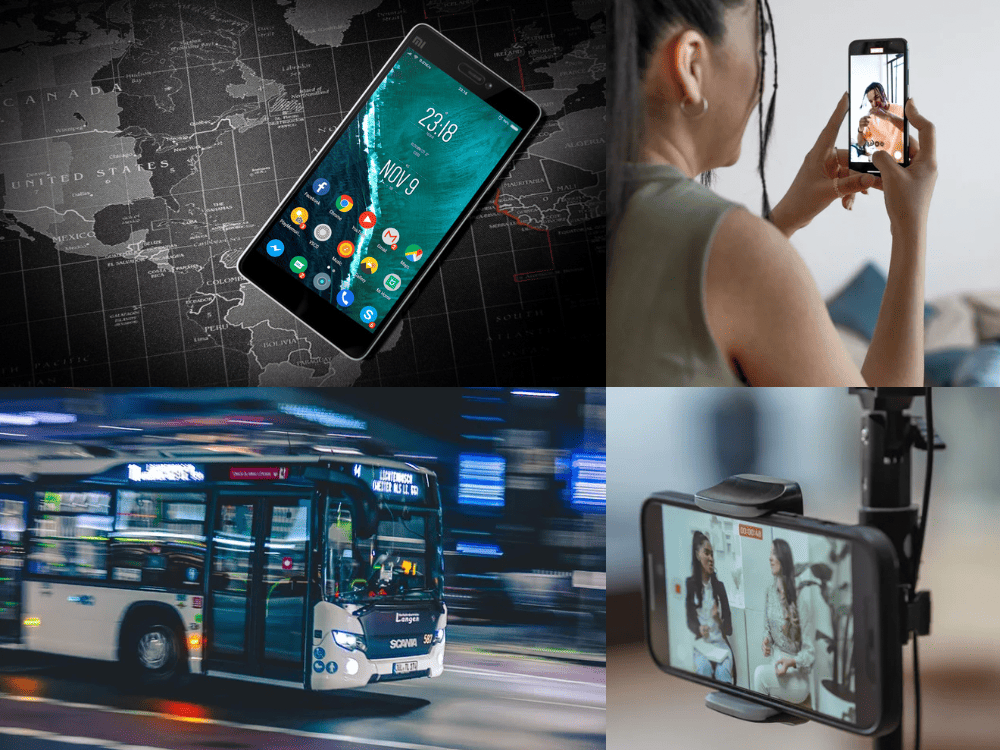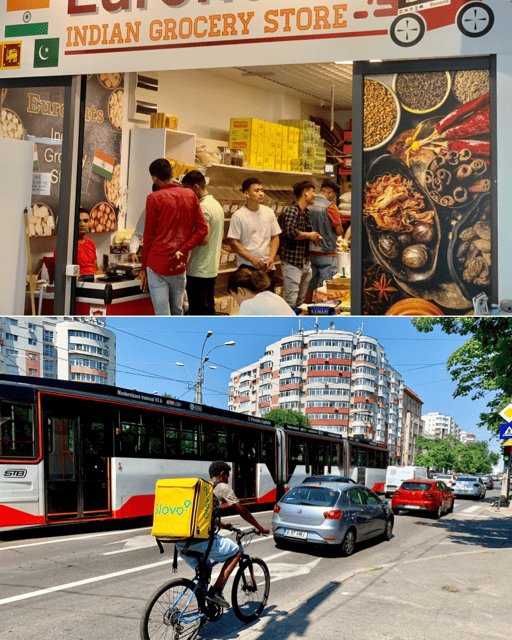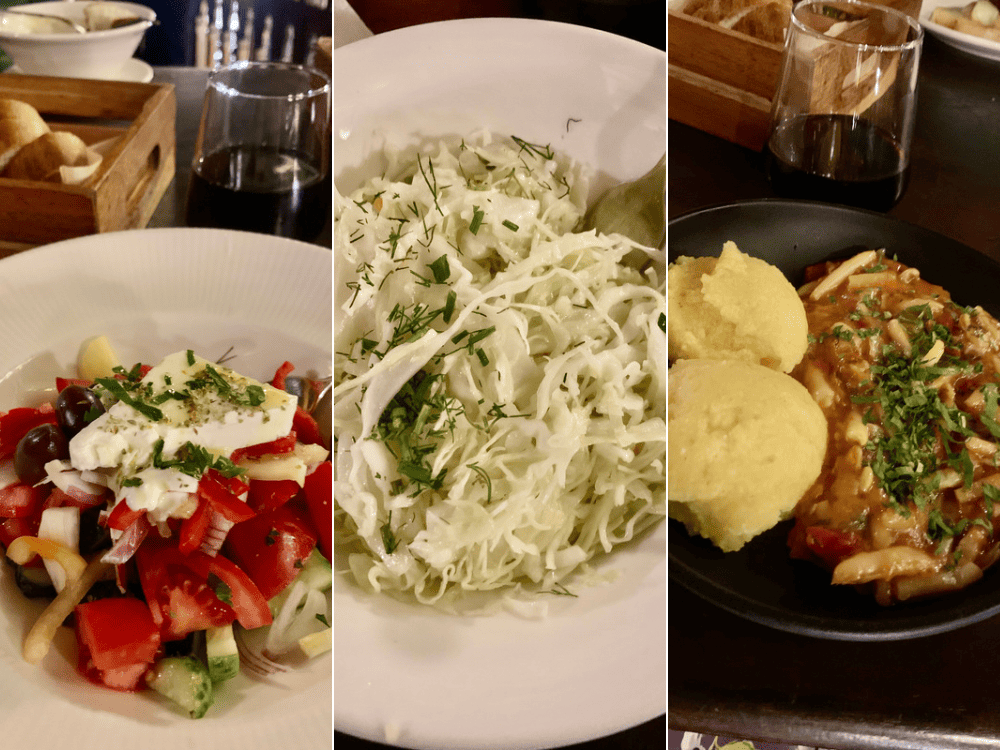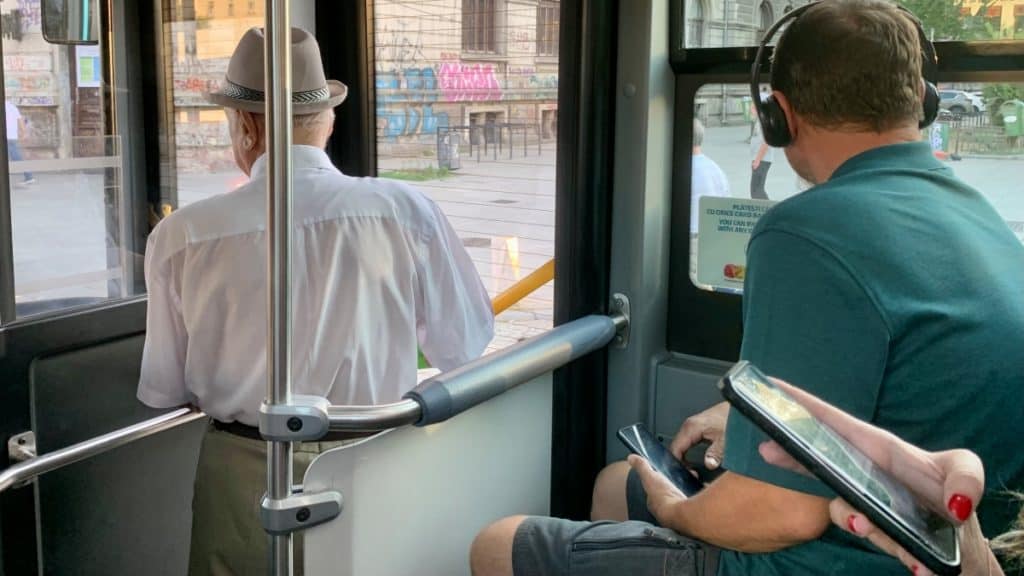Husband Theo shared seven things that surprised him when we finally returned to the West following nearly five years in Asia on the budget slow travel world tour in early retirement. I want to add a few more that really strike me in this changing world. Many of the seven things are directly related to budget slow travel.
If you missed Theo’s post, it’s here.
7 more surprises after years spent in Asia
1. Smartphones are necessary
I knew this day was coming, but I’m still surprised by its arrival.
In Belgrade, Serbia, public transportation is paid for through SMS. The simplified version of how this works: you ping some sort of bot about where you are, where you are going, and the bot deducts the fare from your pre-paid phone account.
For foreign tourists like us, who didn’t have pre-paid Serbian SIM cards, we had a heck of a time trying to figure out another way to pay for this. Old-fashioned tickets and cards are not sold anymore. The easy answer was to get a SIM card, of course. They are cheap and easy to pop in – but we only stayed a week and walked to most places.
Same story in Bucharest, Romania, with SMS payments on public buses and trains. However, unlike Belgrade, old-fashioned transit cards are still in use. For how long? No idea, but I seem to be the youngest person using a physical transit card. (I’m almost 52.)
Meanwhile, back in Asia, I have friends who drive tuktuks for a living. ‘Cash on the barrel’, as they say, for payment.

2. Social media are saturated by video
Once we arrived in the West, video posts were all I saw on my social media feeds. This surprised me because suddenly there’s so much movement on my scrolling. Where’d the simple pictures go? Back in the East, video posts are still in the minority to photos.
My guess: video uses more data, and people in the poorer Asian nations don’t have money to blow on watching pointless videos.
3. Overseas workers from the East are in Eastern Europe
Speaking of the poor East, also called part of the Global South nowadays, I’m surprised by how many foreign workers there are in Serbia and Romania. Locals tell us this is a relatively recent development – within the last year.
Filipinos, Sri Lankans, Indians, Nepalese, and people from African nations now work in Eastern Europe as servers at restaurants, clerks at grocery stores, cleaning crew members, etc.
Ninety percent of the population in the UAE is foreign workers — and that shocked me. In Romania, the proportion is much smaller (maybe five percent?), but it’s enough to surprise me, and the economic migration is enough to prompt things like stores that cater to the rapidly growing Asian population.

4. Cars stop for pedestrians!
Traffic in developing Asian nations is a trip unto itself. In places like Thailand and Vietnam, swarms of motorbikes move like giant schools of fish. You need a green crosswalk signal to cross a street. While in India, anything goes — lights and crosswalks don’t matter!
Back here in the West, pedestrians have the right of way. I still feel wary crossing streets after nearly five years in Asia, including eight months in India, and several months in Thailand – where I was hit by a car.
5. Pretzels, kefir, Greek yogurt!
On a mundane level, some of my favorite food items are ubiquitous in Eastern Europe, and it’s a delightful surprise! I’d forgotten about how easily available these are. I love pretzels. And Greek yogurt, and kefir! I haven’t seen kefir in years!
During the pandemic in the Philippines, I had to take a tuktuk to a ferry to another island to get to a German deli that sometimes had pretzels — if the delivery came in.
6. Specific to Europe: set lunch menus
I’d forgotten about these until we got back to the West, so this was a pleasant surprise. If you don’t know, ‘set lunch’ menus are limited course options for a low (for Europe), fixed price around lunchtime. The set lunch offer sometimes extends into the late afternoon so it can be like an early dinner. These are common in Europe.

As a vegetarian in Bucharest, I recommend Caru’ cu bere! Pictured above, I had a Greek salad with feta cheese, yellow bean stew, two plain polenta, white cabbage salad — and it was all delicious. Bonus: this restaurant offers their set lunch menu until 5:00 p.m., so it was an early dinner. Double bonus: it’s famous for beer so Theo was double happy with his set lunch featuring meat.
7. Emergency health care is free (in Europe)
Mind is blown on this one! I know two Americans who needed emergency medical care. They both went to an urgent care clinic in Bucharest, and their visits and tests were absolutely free — even though they were foreigners!
Now, it’s not a perfect system. Romanians pay a whopping 45 percent tax rate — that’s uniform across all income levels. And follow-up care for those two Americans wouldn’t be free.
We’ve had a few other health care experiences in Europe, including my cancer surgery. Overall, health care is cheapest in Asia, but European prices are transparent and they are cheaper than the USA without travel health insurance. It’s good to know emergency care is free, should we need it.
Afraid of health care overseas? Don’t be!
Our special guide on global health care shows you:
- 7 easy steps to find the right doctors and hospitals
- Specific price examples for various medical services
- What to know about medical visas
- And more!
We go without travel health insurance, but many of the principles apply to those with coverage.

